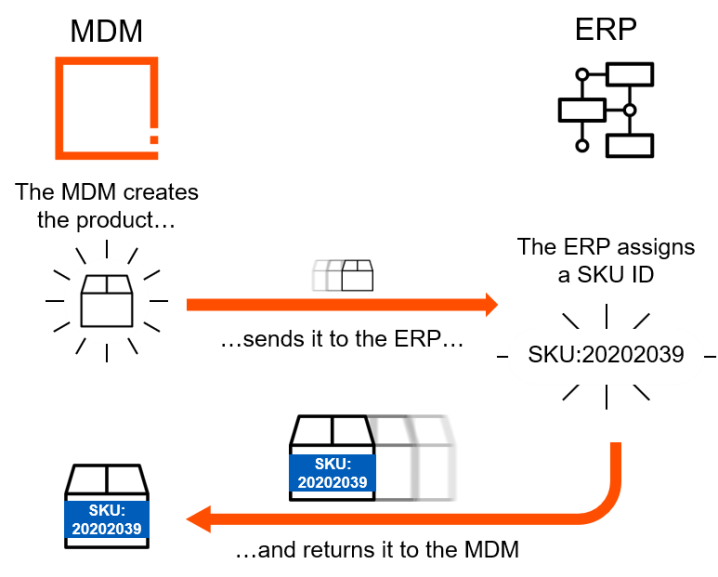Product data is crucial for your business. To sell efficiently, product data needs to be accurate. To sell fast, product data must be available, centralized, and controlled.
With Data Management Accelerator for Retail, the suppliers will submit their product data directly to the retailer using Product Data Exchange (PDX).
Siloed, duplicated, and inaccurate product information has a strong competitive business impact on any retail business: impersonal experiences, higher product return rate, low up-sell / cross-sell conversion, etc. Agile and fast decisions are key to support customer-centric brand experiences.
Managing accurate, up-to-date product information enables you to increase up-sell / cross-sell and to reduce the returns rate. You also gain the insight to manage products with complex hierarchies and attributes, and to fuel customers' engagement with products, create customer retention, and drive more sales.
Accelerator for Retail allows organizations to acquire, manage, and share product data from a variety of internal and external systems with their customers and value chain partners. Accelerator for Retail implements this logic using a typical business process which covers the scenarios frequently encountered.

Accelerator for Retail includes these activities as illustrated below:
- Govern - maintain key elements of the data model like attributes, LOVs, and mappings
- Acquire - add or import product data into the MDM
- Manage - enrich the product data: copyright, digital assets, and warehouse data
- Share - export product data for users or external systems
Product Lifecycle - Click to Play
PIM and an ERP
Frequently, STEP and an ERP (enterprise resource planning) software communicate to manage:
Attribution of a unique identifier by the ERP— The ERP holds the product identifier, also called the 'SKU ID'. When a product is created in STEP directly, STEP requires an ID from the ERP.

Mapping of the ERP classification with the one of the PMDM classifications - PMDM and the ERP have specific product classifications that can differ from one another. A 'mapping' describes the classifications in PIM that are equivalent to the ones in the ERP. This mapping is maintained by the data steward, during the 'govern' activity.
Mapping between ERP and PMDM - Click to Play
A mapping identifies a relationship between the following two attributes:
- 'ERP Product Classification (PMDM.AT.ERPLine)' attribute sent by the ERP.
- 'External Identifier (PMDM.AT.ExternalIdentifier)' attribute on the primary product hierarchy node to which the product must be attached.